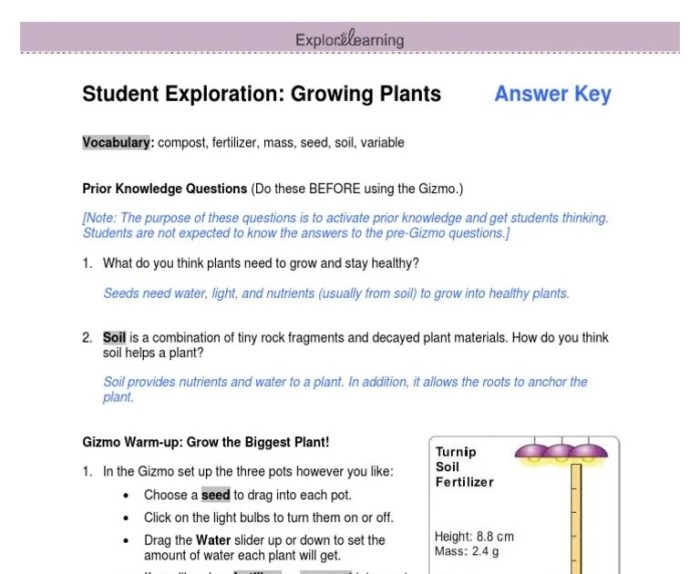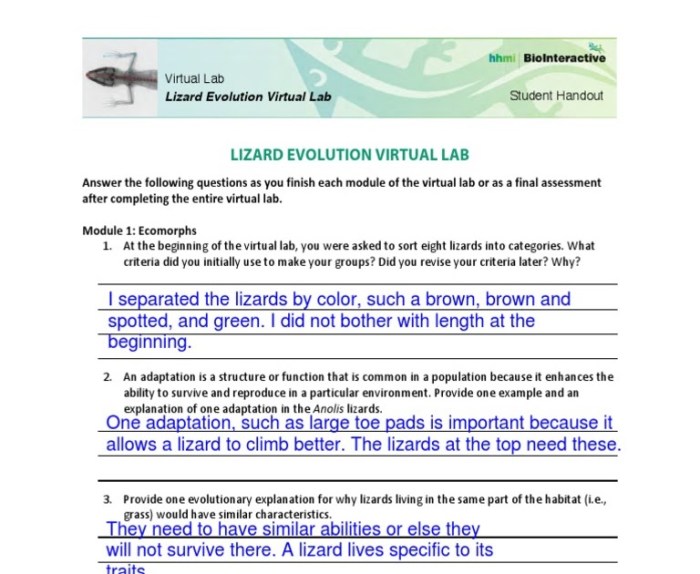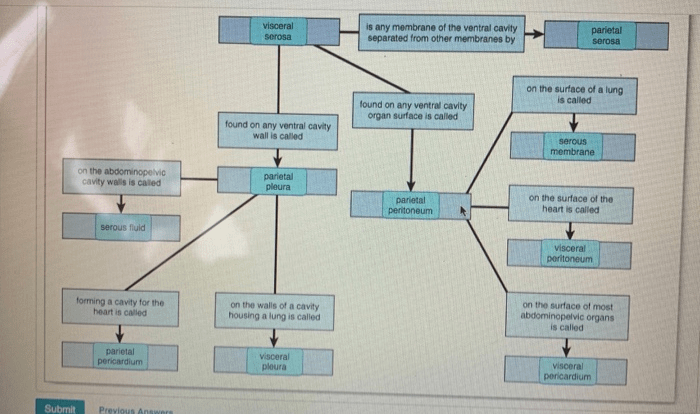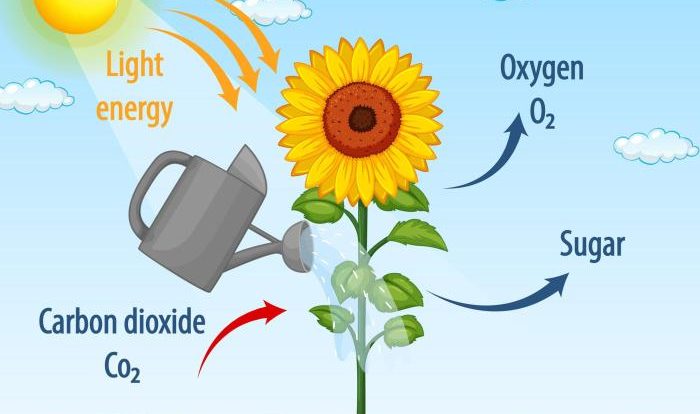Gizmo answer key evolution mutation and selection – Introducing the Gizmo Answer Key: Evolution, Mutation, and Selection – an invaluable resource that empowers students and educators to delve into the captivating world of biological evolution. This guide unveils the intricate mechanisms that drive the diversity of life on Earth, from the transformative power of mutations to the relentless force of natural selection.
Prepare to embark on a scientific odyssey that explores the fundamental principles of evolution, unravels the genetic basis of mutations, and illuminates the role of selection in shaping the adaptation of populations. With the Gizmo Answer Key as your trusted companion, you will gain a profound understanding of the processes that have shaped the tapestry of life on our planet.
Gizmo Answer Key

The Gizmo Answer Key is an online resource that provides answers to the questions in the Gizmo simulations. Gizmos are interactive simulations that allow students to explore scientific concepts in a hands-on way. The Answer Key can be used by students to check their answers, and by educators to assess student learning.
The Answer Key is organized by Gizmo topic. Each topic page includes a list of the questions in the Gizmo, along with the correct answers. The Answer Key also includes a brief explanation of the concepts that are covered in the Gizmo.
Using the Gizmo Answer Key
The Gizmo Answer Key can be used by students and educators in a variety of ways.
- Students can use the Answer Key to check their answers to the Gizmo questions.This can help students to identify areas where they need additional support.
- Educators can use the Answer Key to assess student learning.The Answer Key can be used to create quizzes or tests, or to provide feedback on student work.
- The Answer Key can also be used to help students prepare for standardized tests.Many standardized tests include questions that are similar to the questions in the Gizmos.
Evolution
Evolution is the process by which the genetic composition of a population of living organisms changes over time. Evolution occurs when some individuals in a population have traits that are better suited to their environment than others. These individuals are more likely to survive and reproduce, passing on their advantageous traits to their offspring.
Key Principles of Evolution
- Variation:Individuals in a population vary in their traits.
- Inheritance:Traits are passed down from parents to offspring.
- Selection:Individuals with traits that are better suited to their environment are more likely to survive and reproduce.
Role of Natural Selection in Evolution
Natural selection is the driving force of evolution. Natural selection occurs when individuals with certain traits are more likely to survive and reproduce than individuals with other traits. Over time, this can lead to significant changes in the genetic composition of a population.
Examples of Evolution
Evolution has shaped the diversity of life on Earth. Some examples of evolution include:
- The evolution of antibiotic resistance in bacteria.
- The evolution of pesticide resistance in insects.
- The evolution of new species, such as the peppered moth.
Mutation
Mutation is a change in the DNA sequence of an organism. Mutations can be caused by a variety of factors, including exposure to radiation, chemicals, and errors during DNA replication.
Types of Mutations
- Point mutationsare changes in a single nucleotide.
- Insertionsare the addition of one or more nucleotides to a DNA sequence.
- Deletionsare the removal of one or more nucleotides from a DNA sequence.
Causes and Consequences of Mutations
Mutations can have a variety of consequences, depending on the type of mutation and the location of the mutation in the DNA sequence.
- Some mutations are harmful and can lead to genetic disorders.
- Some mutations are beneficial and can provide an organism with an advantage in its environment.
- Most mutations are neutral and have no effect on the organism.
Role of Mutations in Evolution
Mutations are the raw material for evolution. Mutations provide the variation that is necessary for natural selection to work.
Selection

Selection is the process by which individuals with certain traits are more likely to survive and reproduce than individuals with other traits. Selection can be either natural or artificial.
Types of Selection
- Natural selectionis the process by which individuals with traits that are better suited to their environment are more likely to survive and reproduce.
- Artificial selectionis the process by which humans select for certain traits in plants and animals.
Role of Selection in Evolution
Selection is the driving force of evolution. Selection leads to changes in the genetic composition of a population over time.
Examples of Selection, Gizmo answer key evolution mutation and selection
Some examples of selection include:
- The evolution of antibiotic resistance in bacteria.
- The evolution of pesticide resistance in insects.
- The evolution of new species, such as the peppered moth.
| Concept | Definition | Types | Significance |
|---|---|---|---|
| Evolution | Change in genetic composition of a population over time | Natural, artificial | Drives diversity of life |
| Mutation | Change in DNA sequence | Point, insertion, deletion | Provides variation for evolution |
| Selection | Individuals with advantageous traits survive and reproduce | Natural, artificial | Drives changes in population genetics |
Additional Resources: Gizmo Answer Key Evolution Mutation And Selection

FAQ Corner
What is the purpose of the Gizmo Answer Key: Evolution, Mutation, and Selection?
This guide provides a comprehensive overview of the key concepts and mechanisms involved in evolution, mutation, and selection, serving as a valuable resource for students and educators.
How can I use the Gizmo Answer Key as a student?
Utilize the guide to enhance your understanding of evolution-related topics, prepare for assessments, and deepen your knowledge of biological processes.
What types of mutations are discussed in the Gizmo Answer Key?
The guide covers various types of mutations, including point mutations, frameshift mutations, and chromosomal mutations, explaining their causes and consequences.
How does the Gizmo Answer Key illustrate the role of selection in evolution?
Through examples and explanations, the guide demonstrates how different types of selection, such as natural selection and artificial selection, drive the adaptation of populations to their environments.

